Refining Our Focus
Refining Our Focus
Moody College breathes new life into its photojournalism curriculum
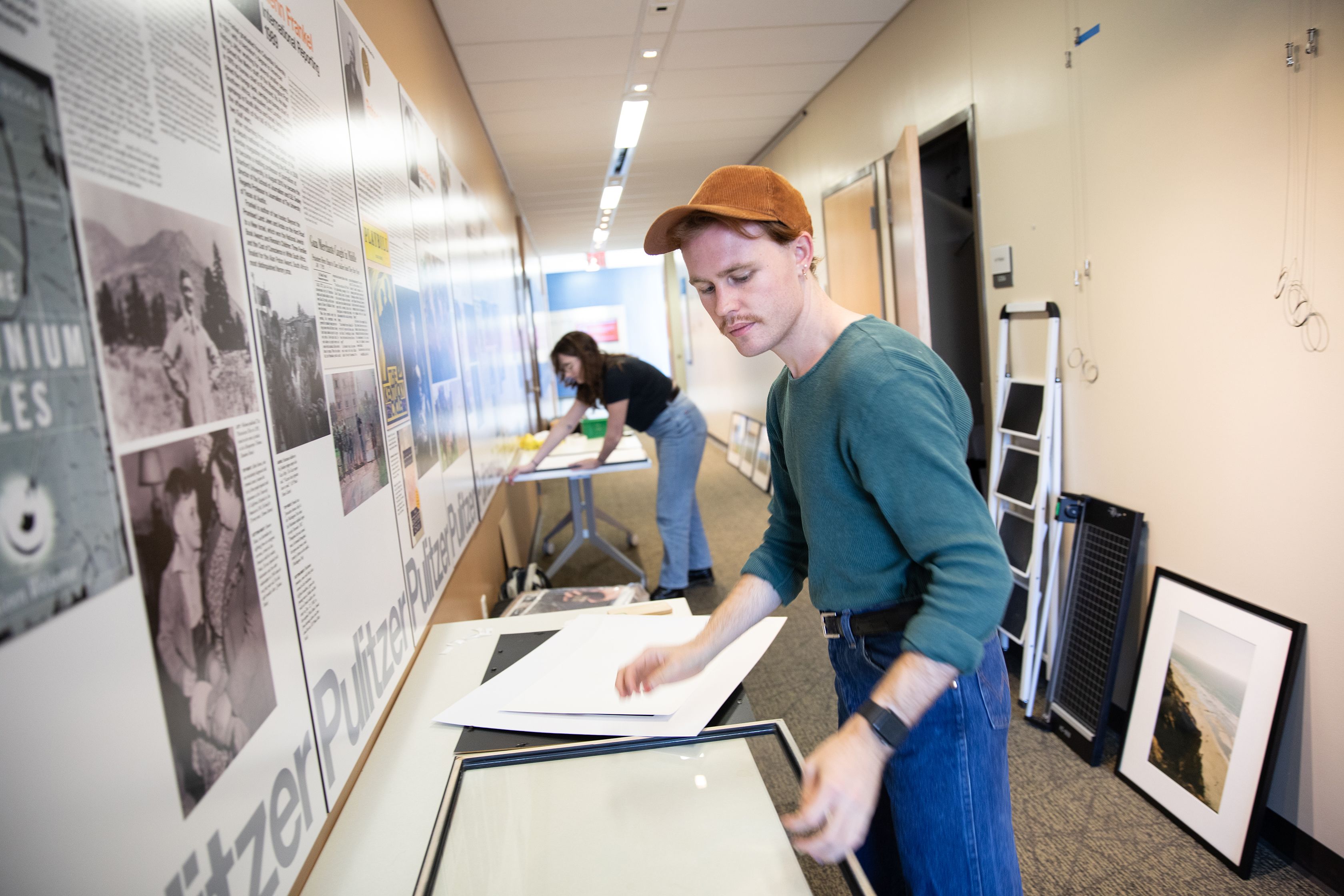
In the age of Instagram and TikTok, Moody College of Communication is revitalizing its photojournalism curriculum with a new gallery, speaker series and first-of-its-kind Canon fellowship that will support the art of still photography.
Photojournalist David Bacon’s first camera was an Argus C3, a low-priced rangefinder known as “The Brick,” that he got as a teenager. Eventually, he said on a recent visit to Moody College, he saved up enough money to buy a single lens reflex camera that later got stolen.
Bacon spent his young adulthood developing photos in a darkroom, seeing the magic of a picture show up on the page.
That was 30 years ago.
Today, most of the darkrooms in the country have been shut down. Moody College’s in the CMA building was closed in 2012 and the equipment auctioned off.
Those who were there at that time described it as a huge loss for the craft of photography but one that also felt inevitable as the industry shift to digital imaging was already well underway.
For most of its history, the School of Journalism and Media had three tracks. People chose to be writers, photographers or broadcast journalists. That began to shift beginning in the early 2000s when the fledgling online news presence began expanding and journalism schools and newsrooms began placing greater emphasis on “multimedia journalism.” They knew that future journalists would need an increasing array of digital storytelling skills, to take advantage of and keep pace with technological changes. Today, the Reporting Images course that all journalism undergrads take as their first and sometimes only foray into visual storytelling teaches students a host of skills. But in the breathless pursuit of equipping every student with basic video and audio digital skills, Journalism and Media Assistant Professor Raymond Thompson said he's afraid still photography has just sort of gotten lost.
Today, Moody College hopes to rekindle some of the excitement that comes with exploring the world with a camera. In our image saturated social media culture, the hope is to remind people that still photography is and always has been an art that reveals social blind spots and connects people across their differences and to show people that there are many career directions available to students of photojournalism beyond the shrinking number of staff jobs at newspapers.
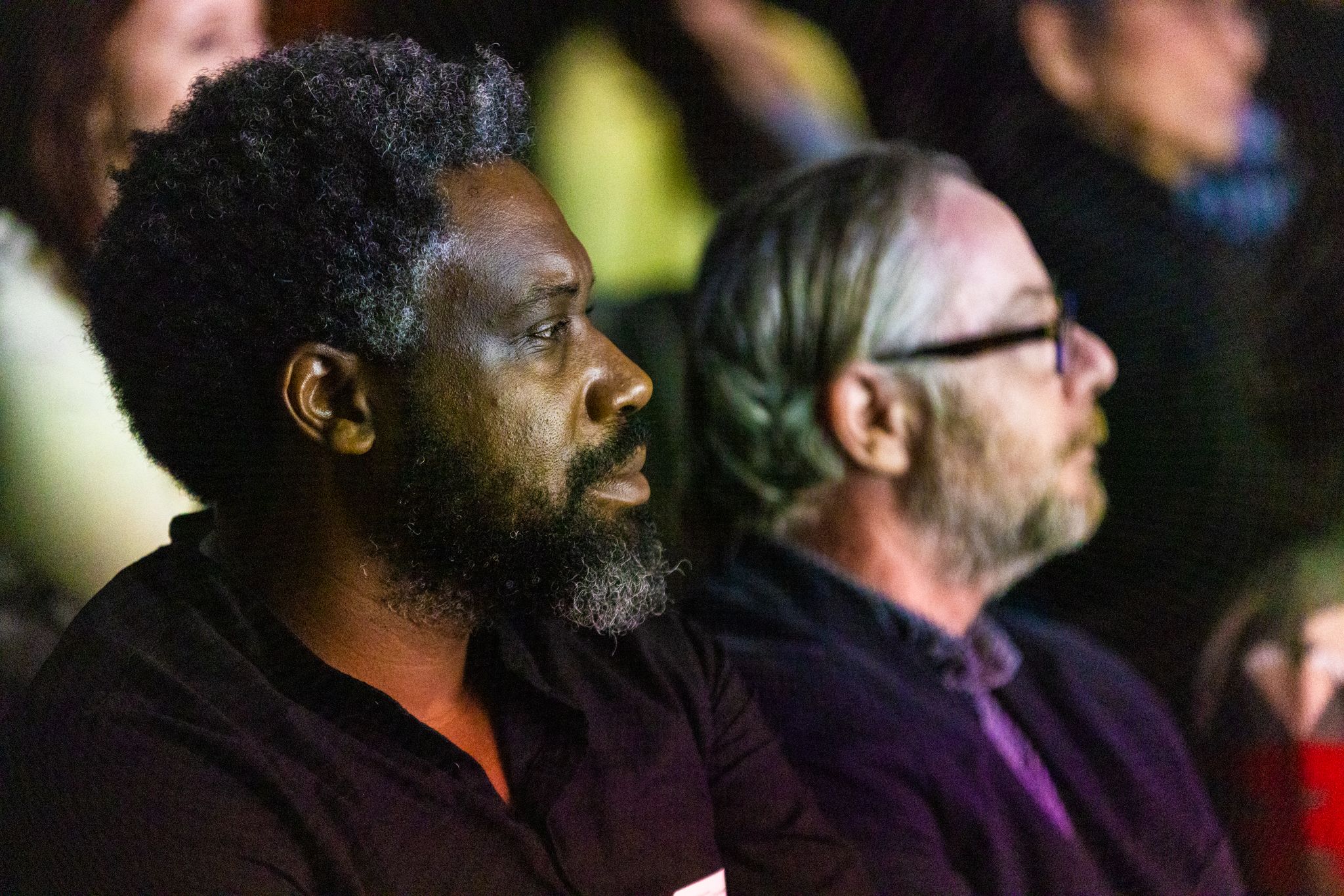
Journalism and Media Assistant Professor Raymond Thompson Jr. Photo by Marc Speir
Journalism and Media Assistant Professor Raymond Thompson Jr. Photo by Marc Speir
This effort to spotlight still photography began this spring with the unveiling of the School of Journalism and Media’s new Photojournalism Gallery, a space to showcase the work of well-known photographers, alumni and students.
Donna DeCesare, associate professor in the School of Journalism and Media and a renowned photographer, said it’s an opportunity to highlight photographic work with respect and to show students the value of creating physical art in a world dominated by flickering screens.
“Today, we are saturated with images 24/7 we start not seeing them. They are like wallpaper,” she said. “When you look in the gallery, it is not click then flip. You can stand in front of a picture for an hour if it captivates you enough.”
“Today, we are saturated with images 24/7 we start not seeing them. They are like wallpaper. When you look in the gallery, it is not click then flip. You can stand in front of a picture for an hour if it captivates you enough.”
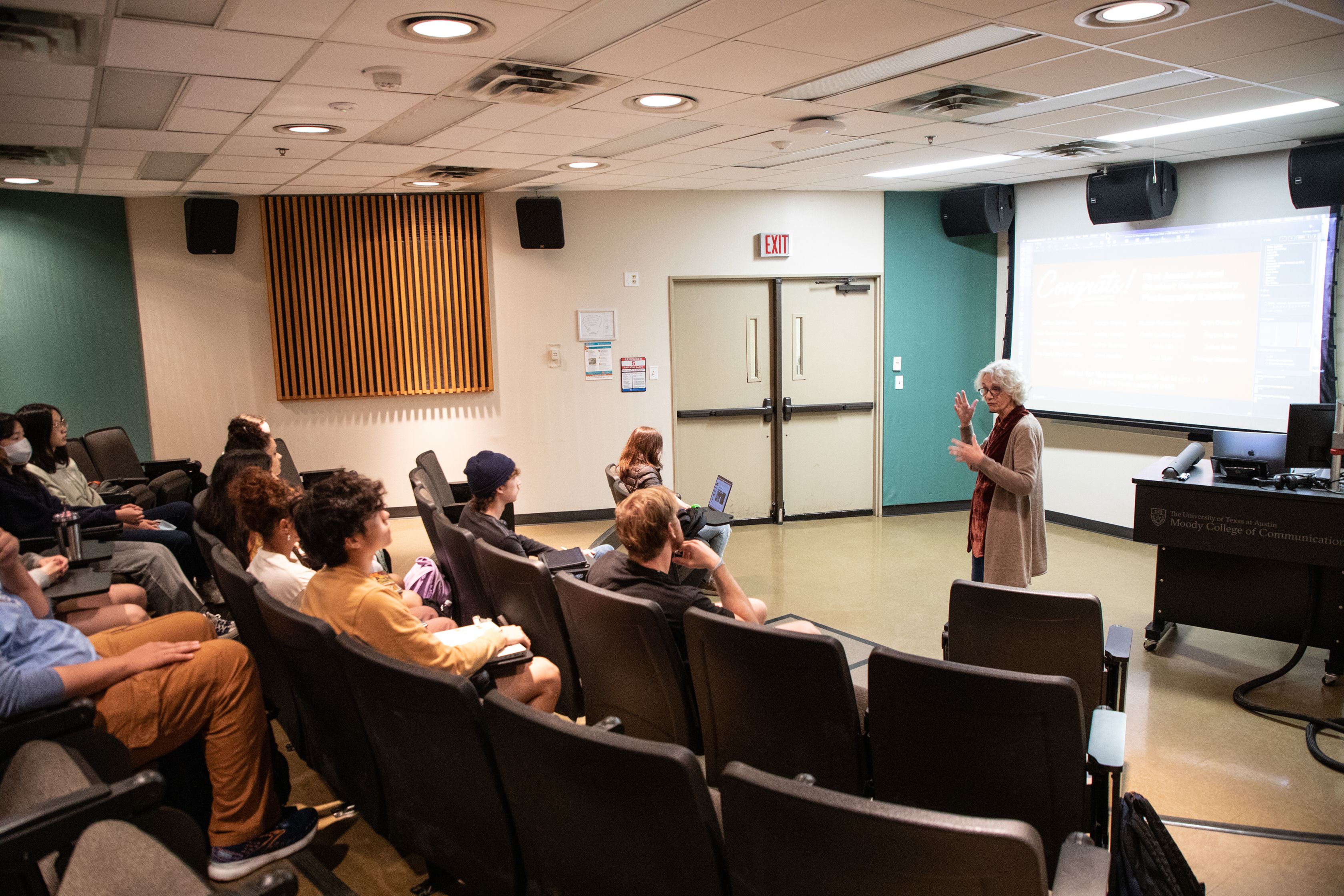
Bacon was the gallery’s inaugural artist. His exhibition, titled “More Than a Wall/Más que un Muro,” debuted in February, with stirring black and white images encircling the third floor of the Dealey Center for New Media where the gallery is located.
Migrant farm workers toiling in fields, factory workers organizing for basic protections and protestors overtaking the streets.
The photos are a chronicling of Bacon’s 30-year career as a social justice photographer, documenting the labor movement on the U.S.-Mexico border.
After nearly two months on display, this week, Bacon’s photos are being taken down to make way for a show that will feature photographs by 16 student photographers who submitted images for the school’s First Annual Juried Student Documentary Photography Exhibition.
The exhibit opens Thursday, when the school will also announce the three winners of the contest, chosen by photo editor and visual content consultant Jasmine DeFoore.
“We are excited to showcase the work of these students,” said DeCesare. “I think it will be thrilling for them to see their high-quality, exhibition prints on display.”

Photo by Marc Speir
Photo by Marc Speir
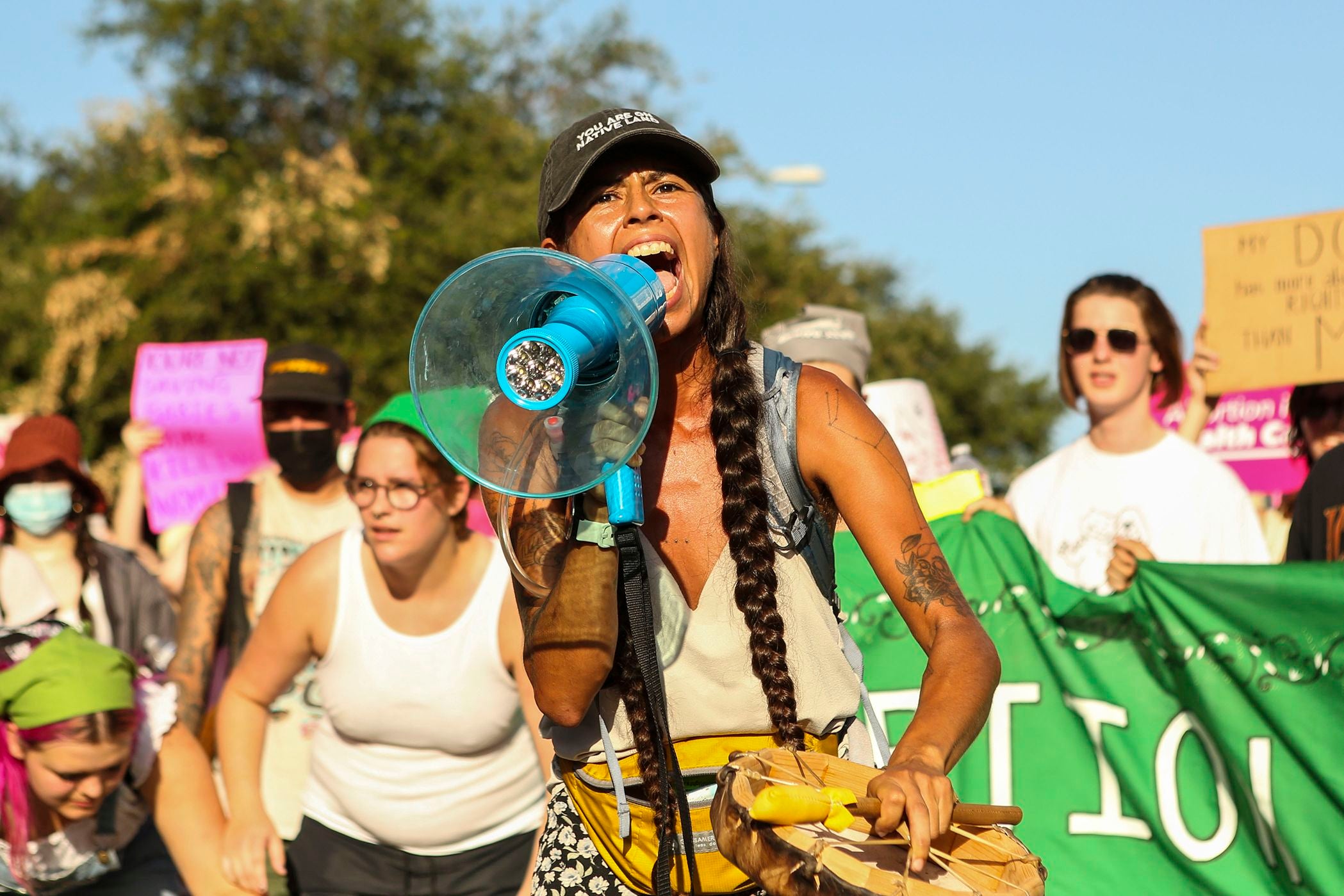
Journalism senior Kara Hawley is one the 16 student photographers who will be featured in the upcoming exhibition.
Hawley’s first camera was a Kodak point and shoot that she used to take photos on a trip to Yellowstone National Park with her dad when she was 15.
At the time, she didn’t think of herself as artistic.
“Photography was a way for me to be an artist,” she said.
Today, Hawley is a photo intern with the Austin-American Statesman. She said she is excited to see her work displayed in the journalism school.
She helped hang the first images from Bacon’s show and now hers will be among the photographs replacing his.

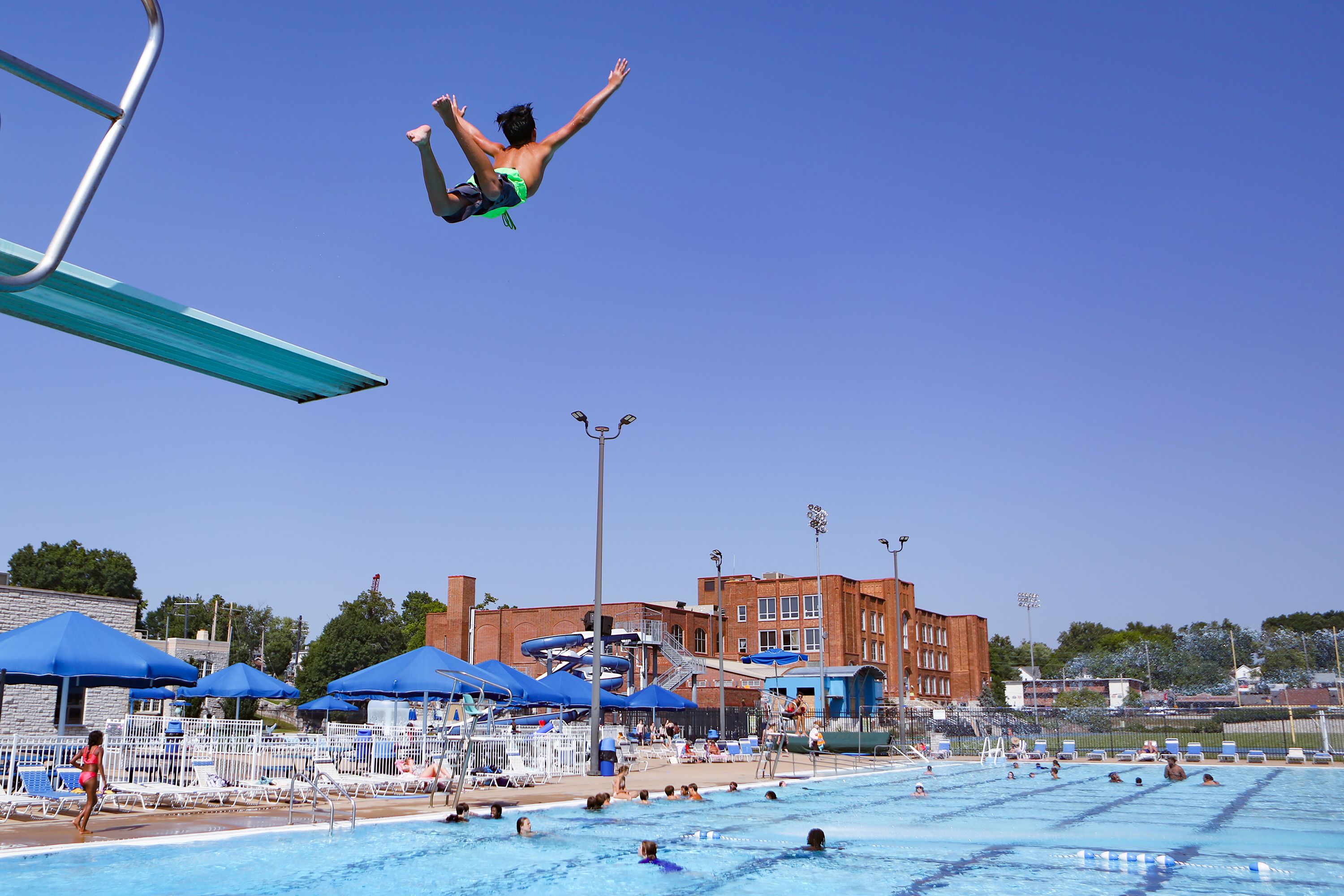
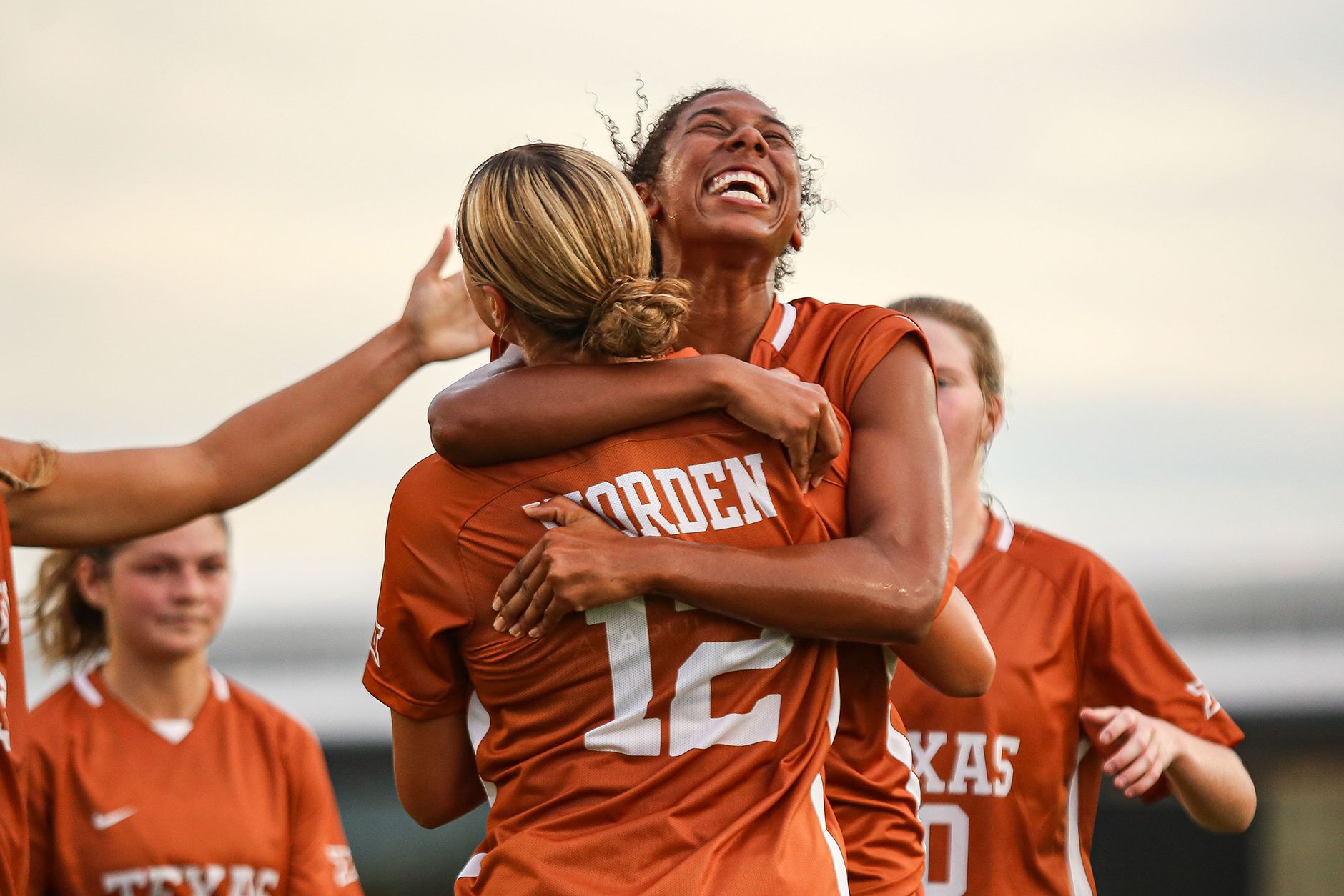

A woman takes a break from a long walk with her daughter in Mueller Park, Austin, TX. on Sunday, October 9, 2022. Photo by Tania Catttebeke
A woman takes a break from a long walk with her daughter in Mueller Park, Austin, TX. on Sunday, October 9, 2022. Photo by Tania Catttebeke

Andrew Montalbano of Maplewood, Mo., 14, leaps off of the diving board at the Maplewood Family Aquatic Center in Maplewood on Thursday, July 21, 2022. According to The Weather Channel, St. Louis is expected to experience triple-digit temperatures every day this weekend, with Saturday's temperature predicted to reach 104 degrees. Photo by Jack Myer
Andrew Montalbano of Maplewood, Mo., 14, leaps off of the diving board at the Maplewood Family Aquatic Center in Maplewood on Thursday, July 21, 2022. According to The Weather Channel, St. Louis is expected to experience triple-digit temperatures every day this weekend, with Saturday's temperature predicted to reach 104 degrees. Photo by Jack Myer

Photo by Julius Shieh
Photo by Julius Shieh
The Juried Student Documentary Photography Exhibition was open to all Moody College students.
Others who are being featured include Communication and Leadership graduate Jack Myer, who was formerly the photo editor for The Daily Texan.
Myer started taking photos at car shows with his dad. He would steal his mom’s camera, before his grandmother bought him a Nikon D3400.
Myer started working at the student newspaper at UTSA, mostly because he liked doing the crosswords. He eventually transferred to UT Austin. Photography has always stayed with him.
“One of the things that I love about photojournalism is that I’m not boxed in with any particular type of photography,” he said. “Through journalism I can do news or sports or features or portraits or events, every day would be something different.”
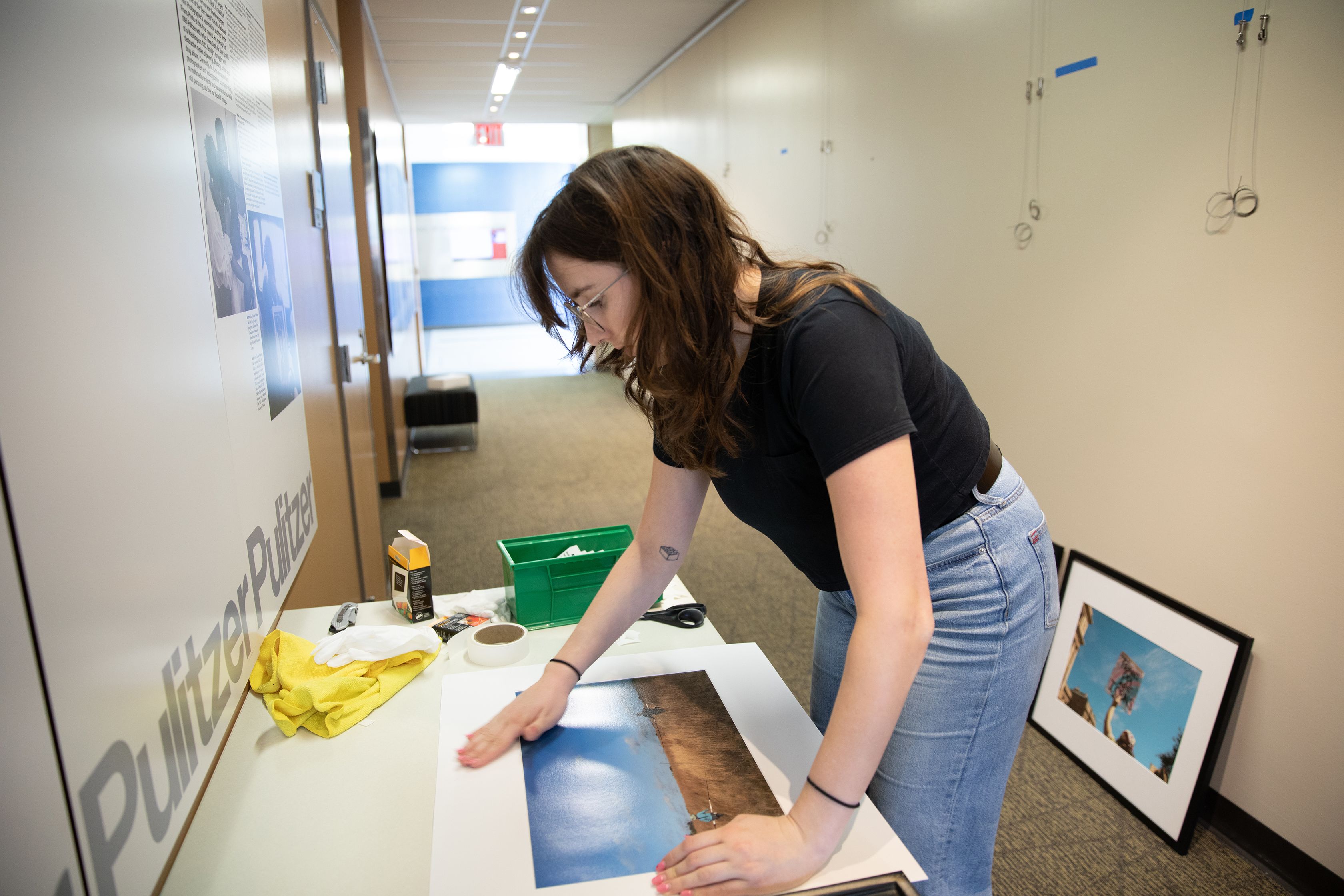
Photo by Lizzie Chen
Photo by Lizzie Chen
Tania Cattebeke, who is pursuing her MFA in film production, will also be featured in the show.
While her heart is in filmmaking, Cattebeke decided last semester to take documentary and studio photography classes with the hopes of gaining a more technical skill.
She always took pictures growing up in Paraguay. She had a little Panasonic digital camera, nothing very professional, she said.
Though she always felt compelled to create films, Cattebeke said she learned so much practicing still photography and slowing down.
“It trains your eye to see things that sometimes you don’t when you are working on a film,” she said. “I think sometimes we forget how important it is to get better in technical things and have very specific hard skills. Those things are going to make you better at your job, even if your job isn’t that exact thing. It helps you explain what you want when you are directing something. Or if you have a client who wants photography, you will learn how to ask about it.”
Breaking Through
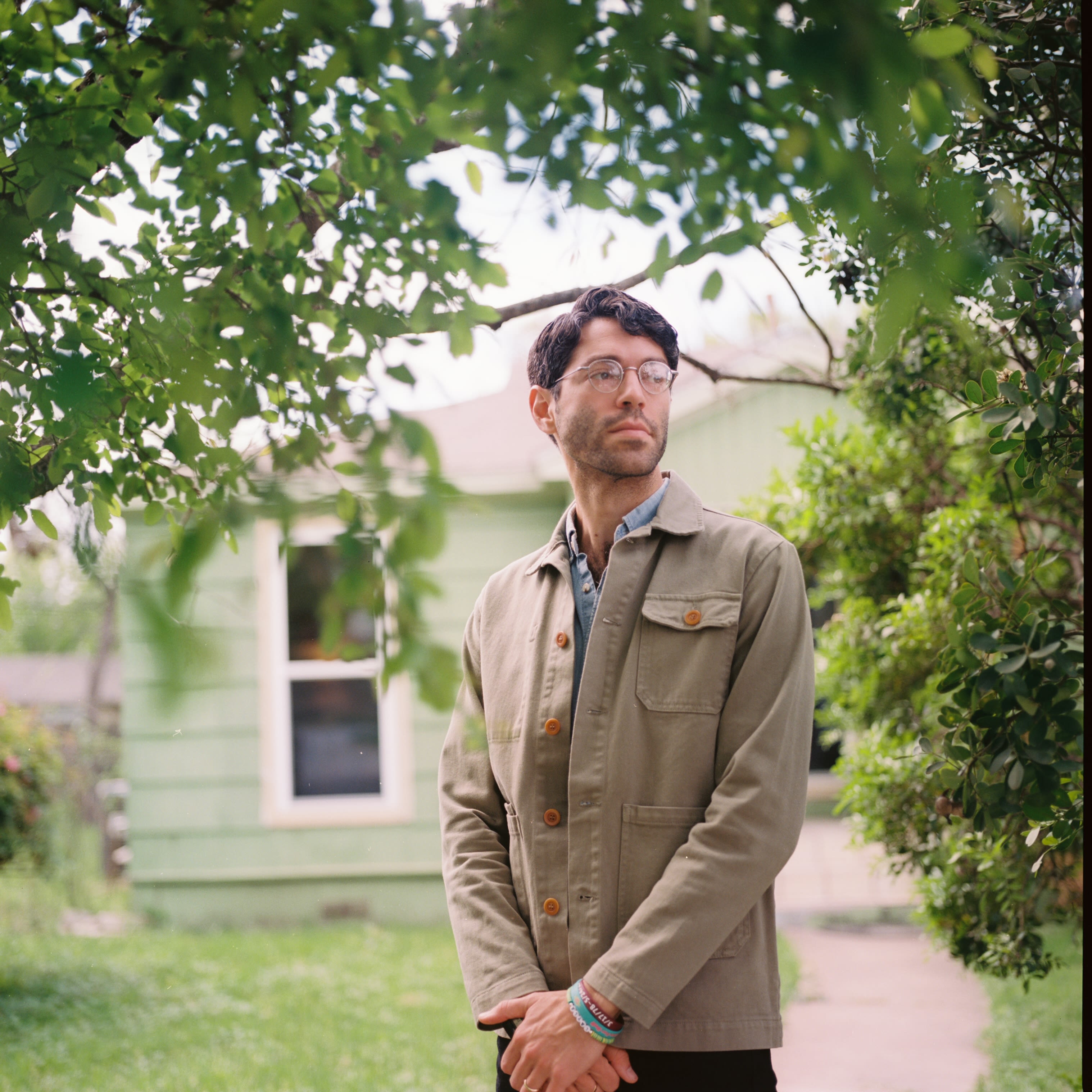
According to Rise Above Research, a consulting firm that provides market research for the digital imaging industry, an estimated 1.6 trillion photographs will be taken in 2023. More than 90% of those will be taken with a mobile phone, rather than a digital camera.
Amid this barrage of photos, photojournalist Tamir Kalifa said meaningful images can still break through.
An award-winning photographer and frequent contributor to The New York Times, The Washington Post, CNN and Texas Monthly, Kalifa came to UT Austin with a plan to be a cinematographer, but his experience at The Daily Texan and in Moody College's photojournalism courses convinced him to pursue photography full time. He switched from the Department of Radio-Television-Film and graduated with a degree in journalism in 2012.
Today, Kalifa sits with people on the worst day of their lives. He’s waded through floodwaters in Hurricane Harvey and through an endless sea of cars lined up to get food at a San Antonio foodbank during the pandemic. He’s spent months with families who lost their children in the mass shooting in Uvalde in 2022, sometimes staying up by their bedsides at night to get images of them in their quiet moments, when the day ends, and their brains finally shut off.
“Some of the most meaningful and important images are the ones we make in moments of distress and disaster and conflict,” Kalifa said. “We as journalists want to bring the public’s attention to places they can’t necessarily go and provide evidence to the public of what is happening at a particular time. It’s an important function for society to have people who are able and willing to visualize these moments.”
"Some of the most meaningful and important images are the ones we make in moments of distress and disaster and conflict.We as journalists want to bring the public’s attention to places they can’t necessarily go and provide evidence to the public of what is happening at a particular time. It’s an important function for society to have people who are able and willing to visualize these moments.”
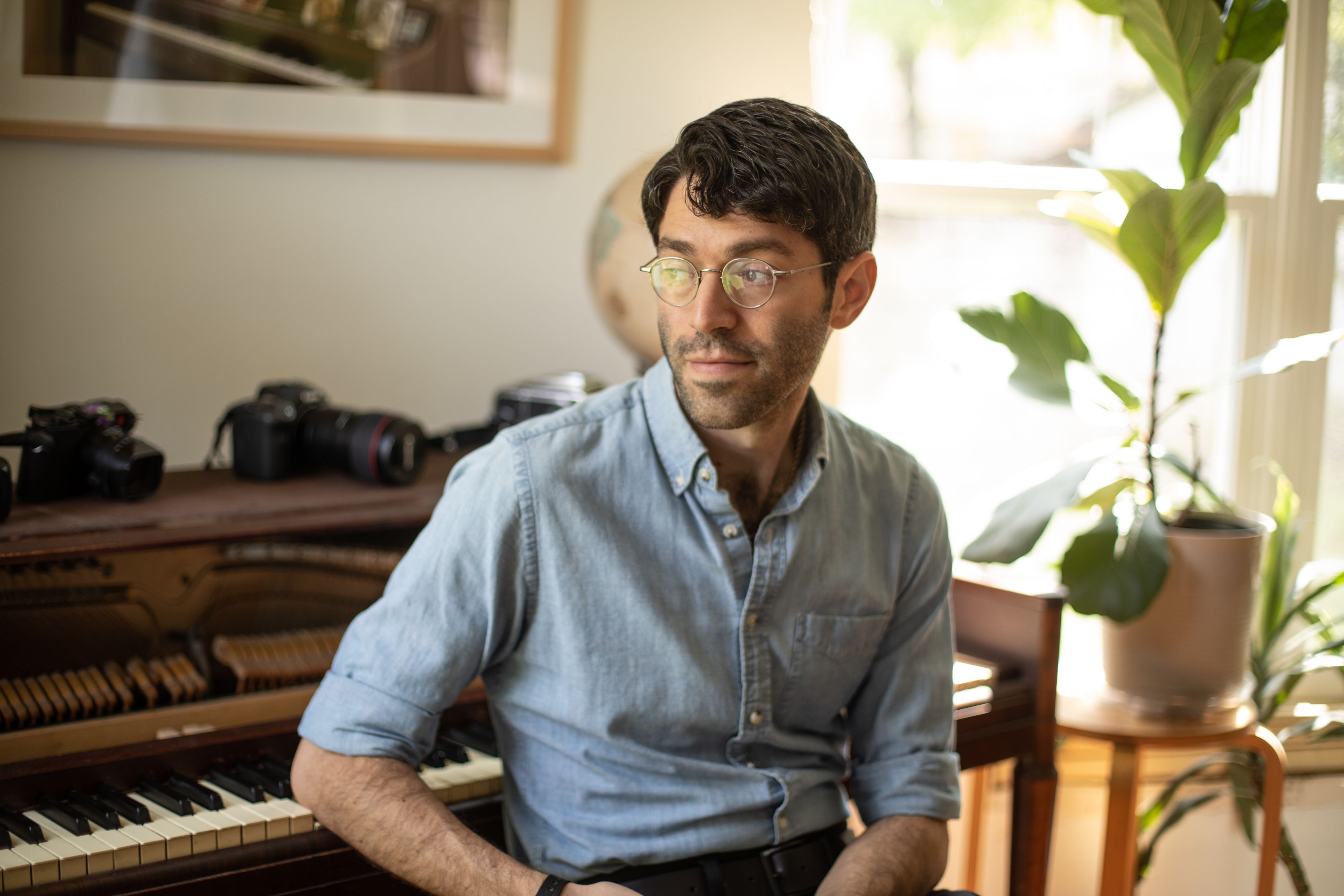
Kalifa said he recognizes the challenge many photographers and newsrooms have today: reporters are rarely given the time and the budget to make meaningful photographs. At the same time, the proliferation of images on the web and social media makes it easier to scroll through photos with a certain detachment, more to fill a compulsive need than to engage sincerely.
"The more compassionate and compelling an image can be the greater likelihood it has to affect someone, to change them, their own behavior, their vote and the systems around them.”
Breaking through requires time and attention, Kalifa said.
“We really need to push to get as deep as we can and make the most meaningful images, spend those extra hours and days, that speaks more to the human experience than a portrait,” Kalifa said. “At the end of the day, a meaningful image will affect people. They will still move by it quickly, but we should strive to keep people’s eyeballs on the page as long as possible and part of that is giving people something they didn’t expect. The more compassionate and compelling an image can be the greater likelihood it has to affect someone, to change them, their own behavior, their vote and the systems around them.”
Canon on campus
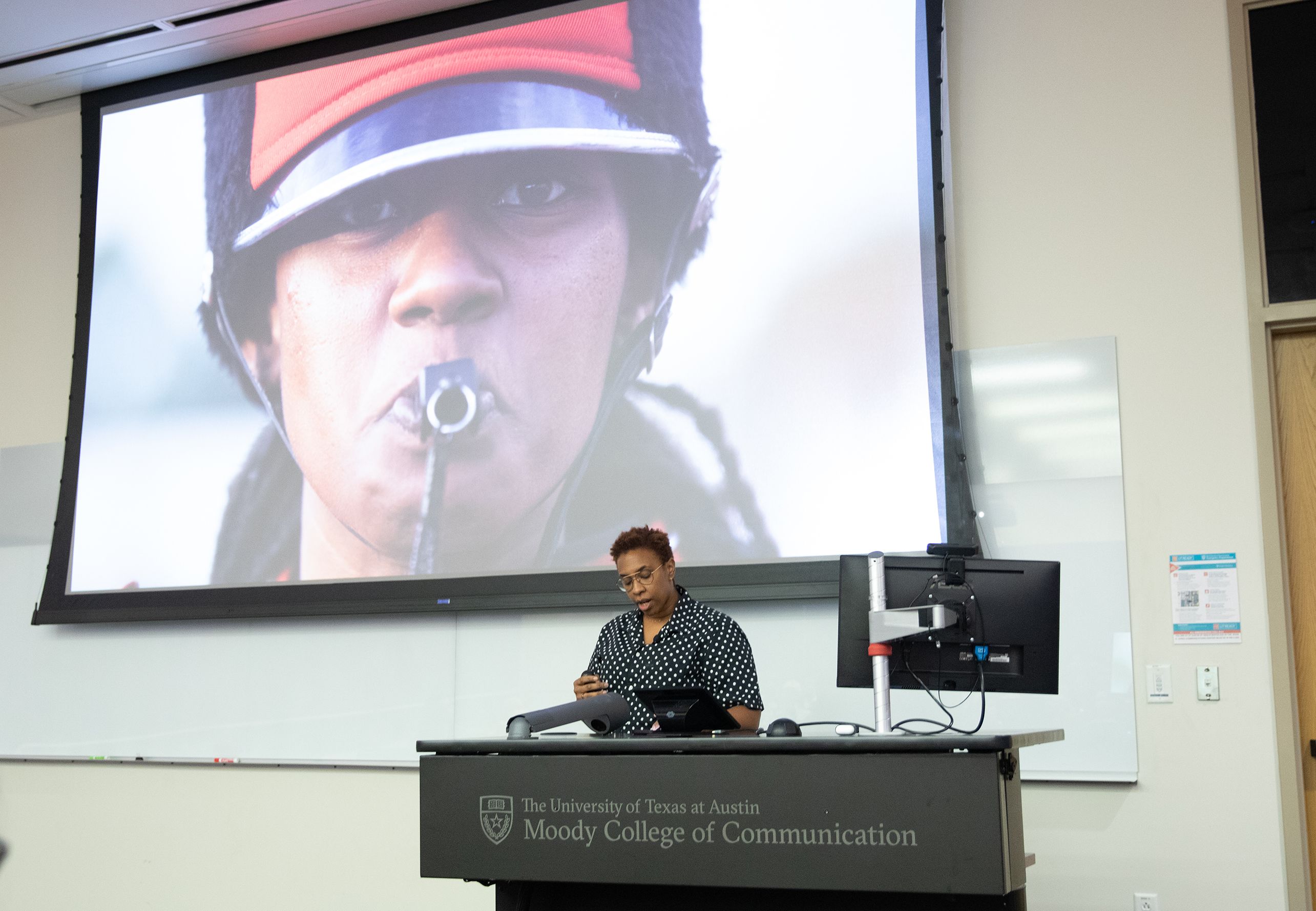
While photojournalists like Kalifa have taken a more traditional route in newspapers, DeCesare and Thompson are hoping to show students that there are a host of jobs available to them outside the realm of conventional media.
To do that, the journalism school this semester has begun bringing in different speakers to share their experiences as photojournalists and the range of work they do today.
Lynsey Weatherspoon is a portraitist and documentary photographer who has taken photographs of Martin Luther King III and former Georgia State Representative Stacey Abrams, and most recently, produced the stills for the movie “Till,” about the murder of Emmett Till, who was brutally lynched in Mississippi in 1955.
Weatherspoon said she was inspired creatively by her mother, Rhonda, who was a photographer, painter, and sculptor, in addition to being an elementary school teacher for autistic children.
Of all her mother’s passions, Weatherspoon gravitated toward the camera. It was something she “understood.” But she never set out to be a photographer. When she was in college, her dream was to be a TV news anchor. She briefly had a position as an assignment editor but was laid off. She worked a bit in the wedding photography industry and also as an adjunct professor.
But photography always felt right.
Today, Weatherspoon is a Canon Explorer of Light, which means she is among the most influential photographers in the world, sharing her talent and expertise with students and young photographers across the country through personal appearances and seminars.
Weatherspoon is the first speaker that Canon has brought to UT as part of its new partnership with the journalism school. She presented her body of work at an event on campus in late February, showing compelling images she photographed of the Gullah Geechee people in Georgia, the family of Ahmaud Aubrey, who was murdered while jogging in 2020, and the Black Lives Matter protests after George Floyd’s murder at the height of the pandemic.
Weatherspoon acknowledges her great responsibility as a photographer. It’s one she doesn’t take lightly. “Eventually the stories I am hoping to tell will be a part of the history of the world,” she said.
“Eventually the stories I am hoping to tell will be a part of the history of the world."
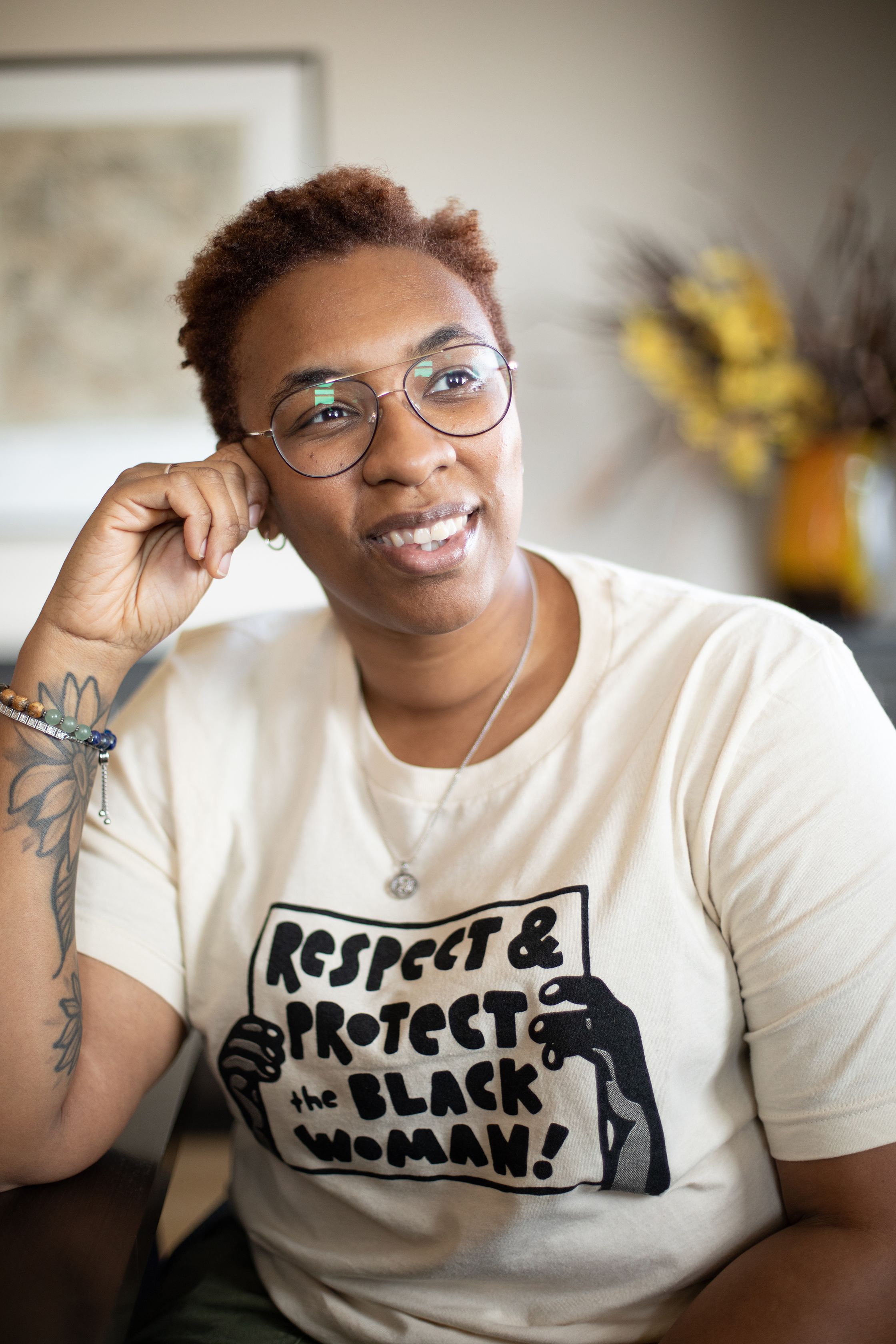
As part of their visits to Moody College, Weatherspoon and other photographers are helping students with portfolio reviews, which are a crucial way of connecting with editors after graduation. DeCesare said it’s an ideal opportunity for students to see what that process will be like. It offers students a safe environment to receive feedback and learn what they should be working on.
Canon also this semester has announced a first-of-its-kind, six-month mentorship program available to one Moody College undergraduate. Applications are being accepted through Sept. 30 for the fellowship that begins next year.
The gallery, speaker series and partnership with Canon are just the first of ongoing efforts in the coming years to reimagine the role of Moody College’s photojournalism courses, engendering some of the community spirit that characterized the days when students used to gather to work together in the darkroom.
“Overall the goal is to raise the profile of photojournalism, so students are aware they have these opportunities and see that being a documentary photographer, photojournalist, storyteller with a camera is still a viable career if it’s something you really love and are passionate about,” DeCesare said. “The whole point of photography is to learn about what you don’t know, explore the world through a camera, build relationships with people you don’t know. When you walk in someone’s shoes a little bit you understand them in a different way. I think it’s a valuable skill to have regardless of whether you use it professionally. It makes you a better human.”
“The whole point of photography is to learn about what you don’t know, explore the world through a camera, build relationships with people you don’t know. When you walk in someone’s shoes a little bit you understand them in a different way. I think it’s a valuable skill to have regardless of whether you use it professionally. It makes you a better human.”
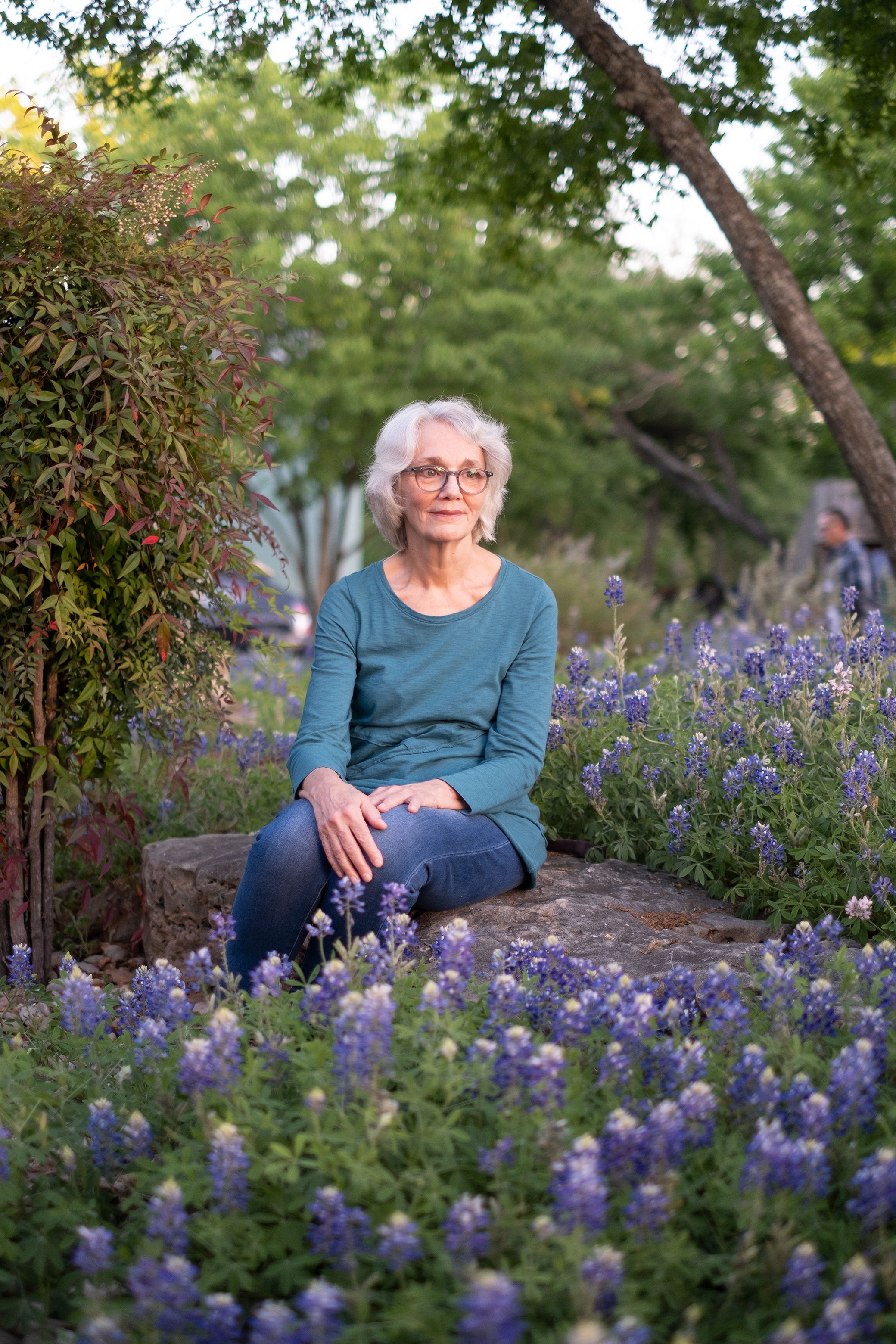
Lead with your heart
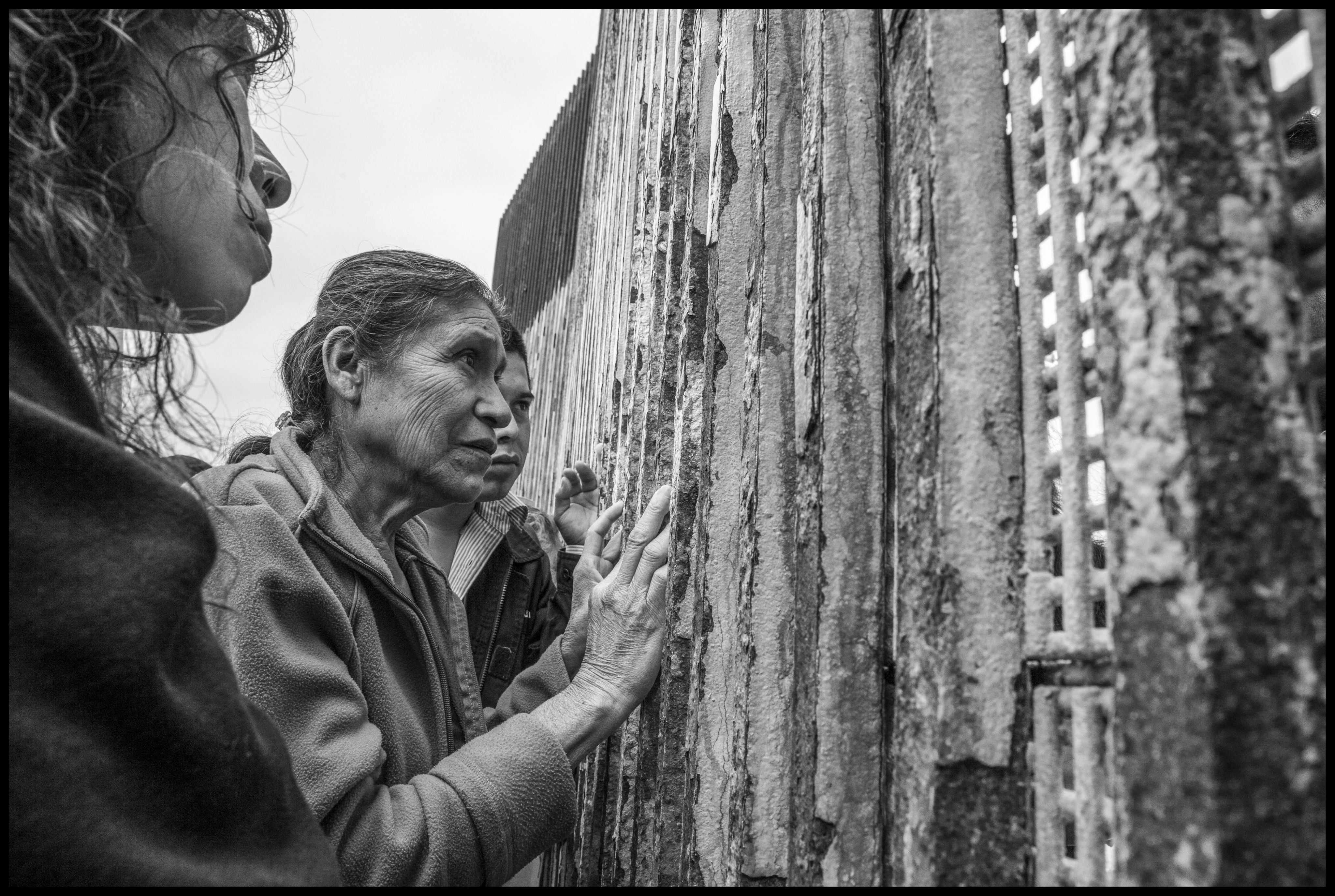
Moody College asked each of the photojournalists in this story to share their advice to young student photographers.
Their answers varied, but each had a similar sentiment: you must care about the people who are trusting you with their stories. It’s the only way to make honest photographs.
“There are so many instances where people are just making work to make work, but it lacks something,” Weatherspoon said. “It lacks a spirit. It lacks a soul. When you walk into a situation make sure you are leading with a pure thought and your whole heart.”
Read what else they had to say.
"Try not to do photography with the goal of making money. There has to be passion that ties into your craft. Of course we all want to make a living out of it and make money, but when we remove the money aspect of it we really tap into the work that feeds our soul.”
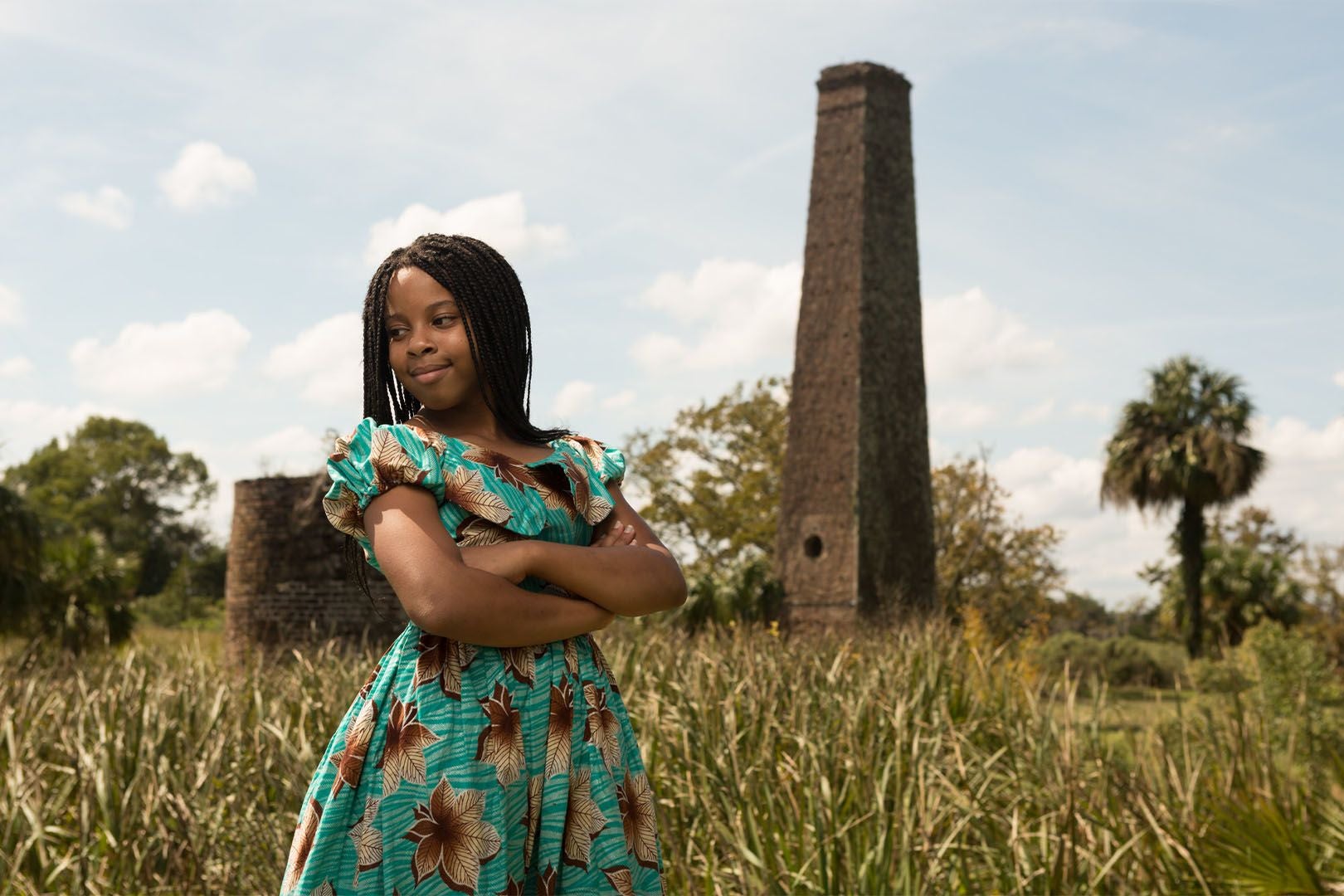
“When you observe in this line of work, it’s not from afar. You are so close to it. You can’t just be a fly on the wall. Even if I tell people to ignore me, I’m not a fly on the wall. I’m a 6-foot-tall man. If I’m in a room trying to take a photo while they are falling asleep, they know I’m there. I try to explain to them why I am there and why it’s important to take the photograph. That the image will be used in a way that’s meaningful.”
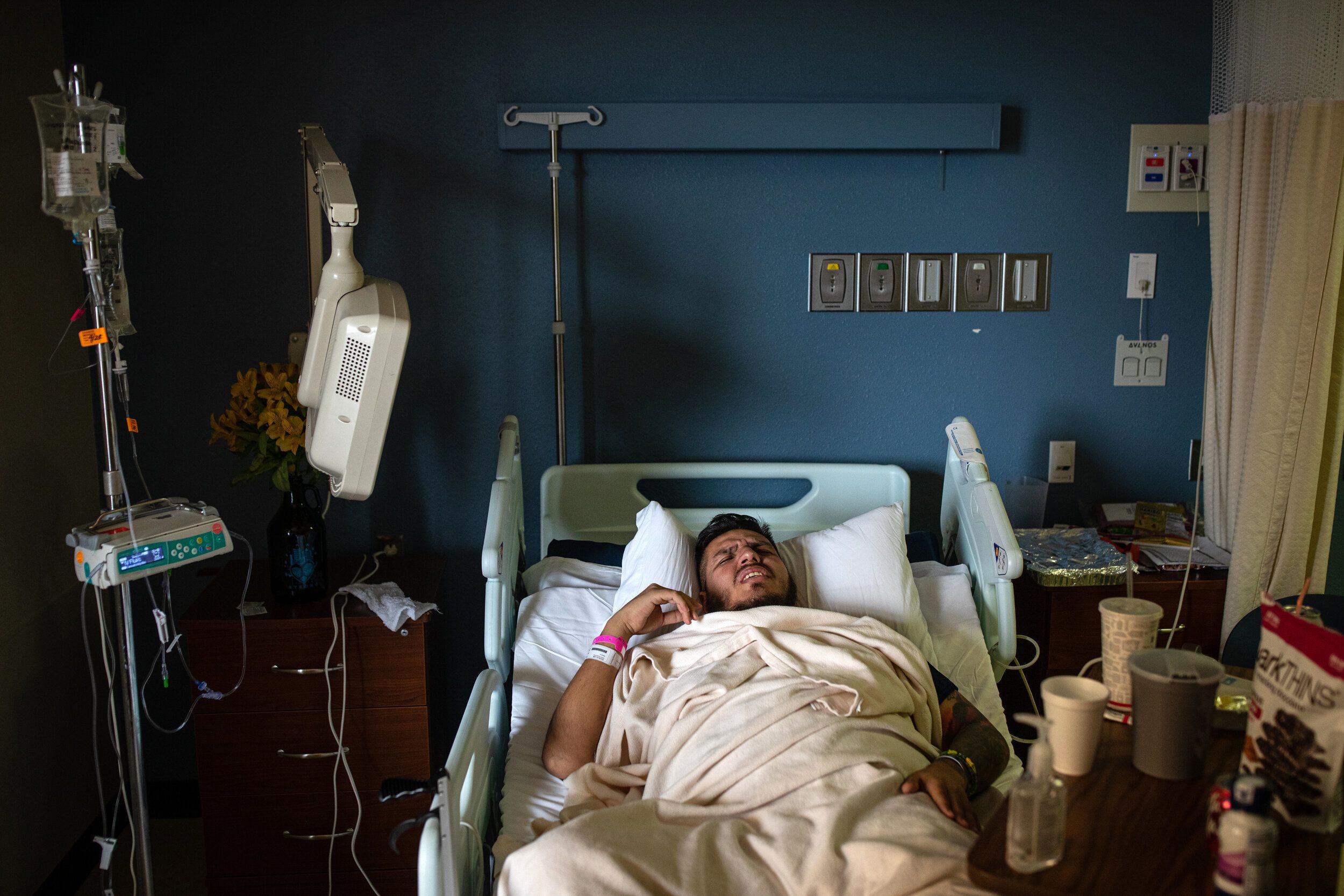
“Look at the world around you and ask, what upsets you? What are you bothered by? Then think about how you can produce images that relate to these things that bother you. There are a lot of things in this world that you can feel bothered by. You look at the world and see the injustices. The question is: now what? How can you take photographs that are in some way relevant to that.”


